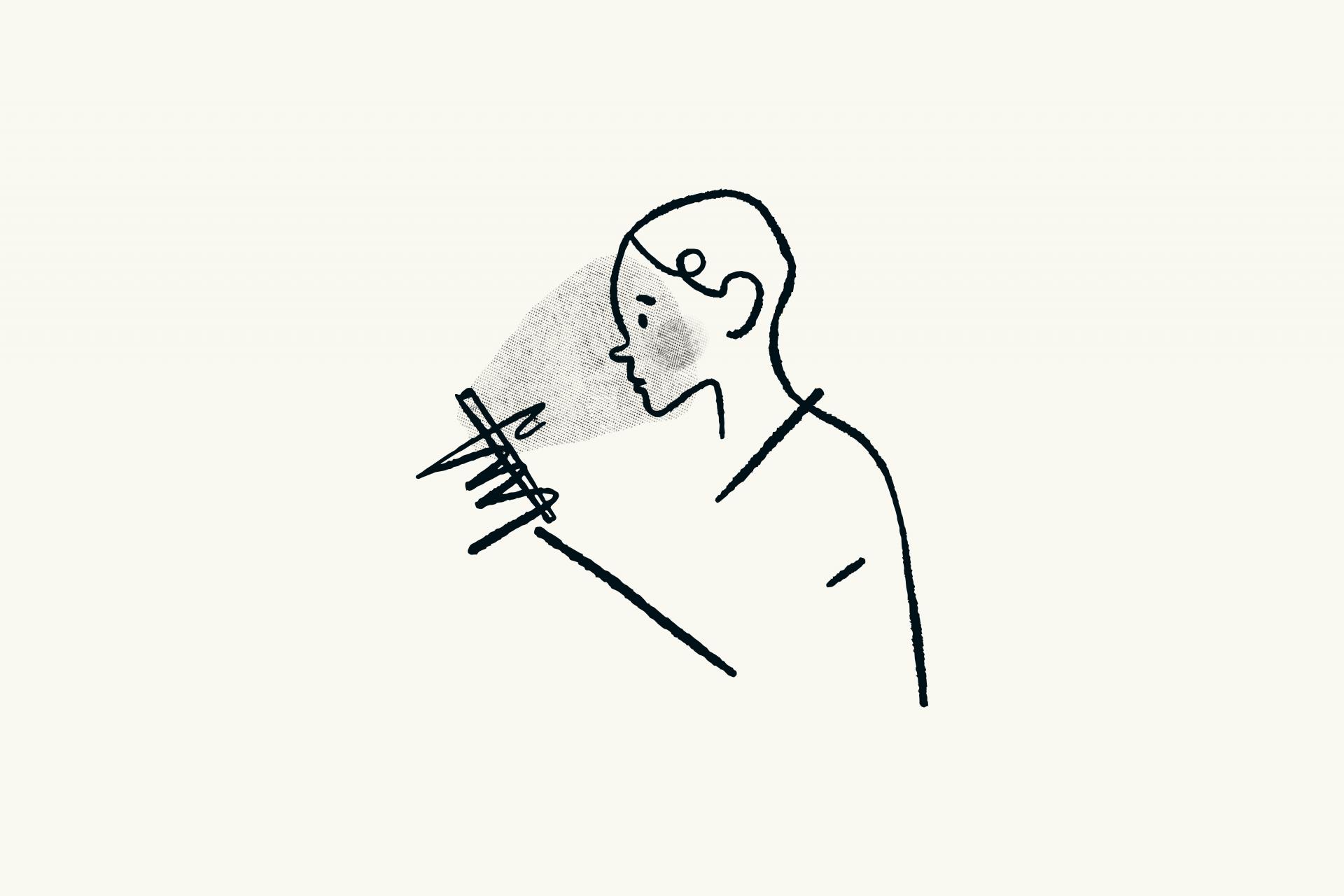Let’s be fair, the news has been difficult to read lately, huh? There’s so much on our plates with a pandemic, homeworking, home learning, caring and surviving that we often lack the capacity to sift through what appears on our news feeds. I get it.
As a psychotherapeutic counsellor and trainer, I’ve spoken to thousands and thousands of survivors of trauma. I am embedded in how we experience the myriad ways trauma can show up in our bodies and in our lives.
In 2020, as well as surviving under a government which apparently deemed my death something to be ‘taken on the chin’, I’ve also been researching how to engage with the news as a survivor of trauma. I believe that what I’ve learned can support news consumers and journalists too.
On either side of the screen, things are getting tougher.
What I’m seeing is a polarisation in our engagement with news; we are either switching off, or becoming caught up in the news cycle and unable to look away. Both of these states lead to the user being misinformed and more vulnerable to mis and disinformation. The capacity to discern news and sources that are trustworthy becomes diminished while anxiety and lack of safety increases.
People frustrated with mainstream news delivery may seek alternatives to outlets that weren’t meeting their needs and can get caught in unsafe spaces. We know that conspiracy groups like QAnon and alt-right groups have been recruiting heavily during the pandemic and several people in my life have described having ‘lost’ family members to the conspiracies.
To support my research, I’ve been meeting those at the leading edge of re-envisioning how we approach journalism to support safer approaches to news delivery. I’ve interviewed experts including journalists, engineers, developers and academics working with journalists with PTSD, as well as therapists who are re-thinking how we can support our clients to engage safely with news.
All of this research has inspired me to shape a new way of delivering news in a trauma-informed way, and my prototype will be tested with both creators and the consumers of news. If this pandemic has taught us anything, it’s that an engaging, safe and trustworthy news service can save lives.
It’s been amazing to be part of a cohort with Clwstwr and to contribute to an equitable and trauma-informed news landscape here in Wales.

